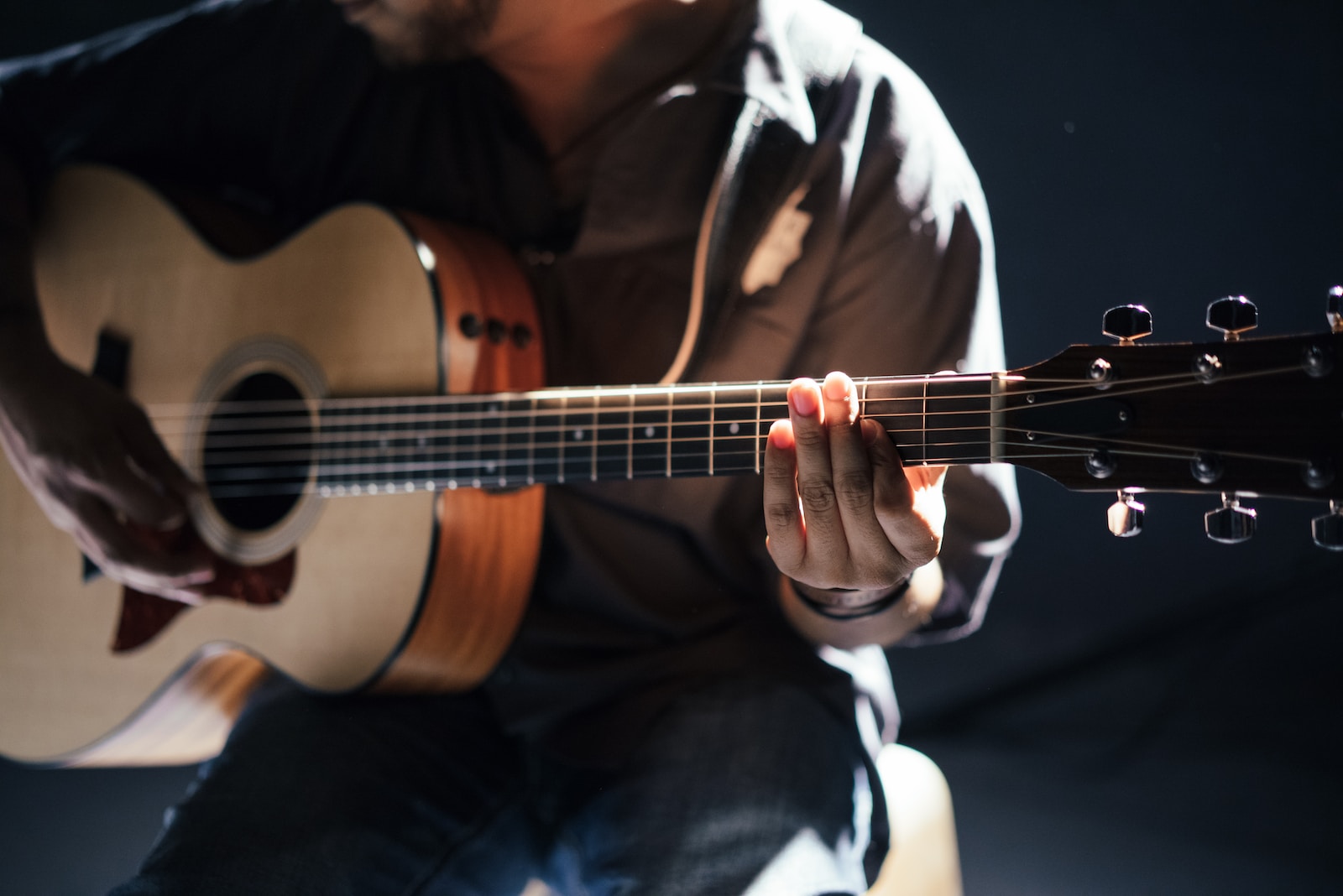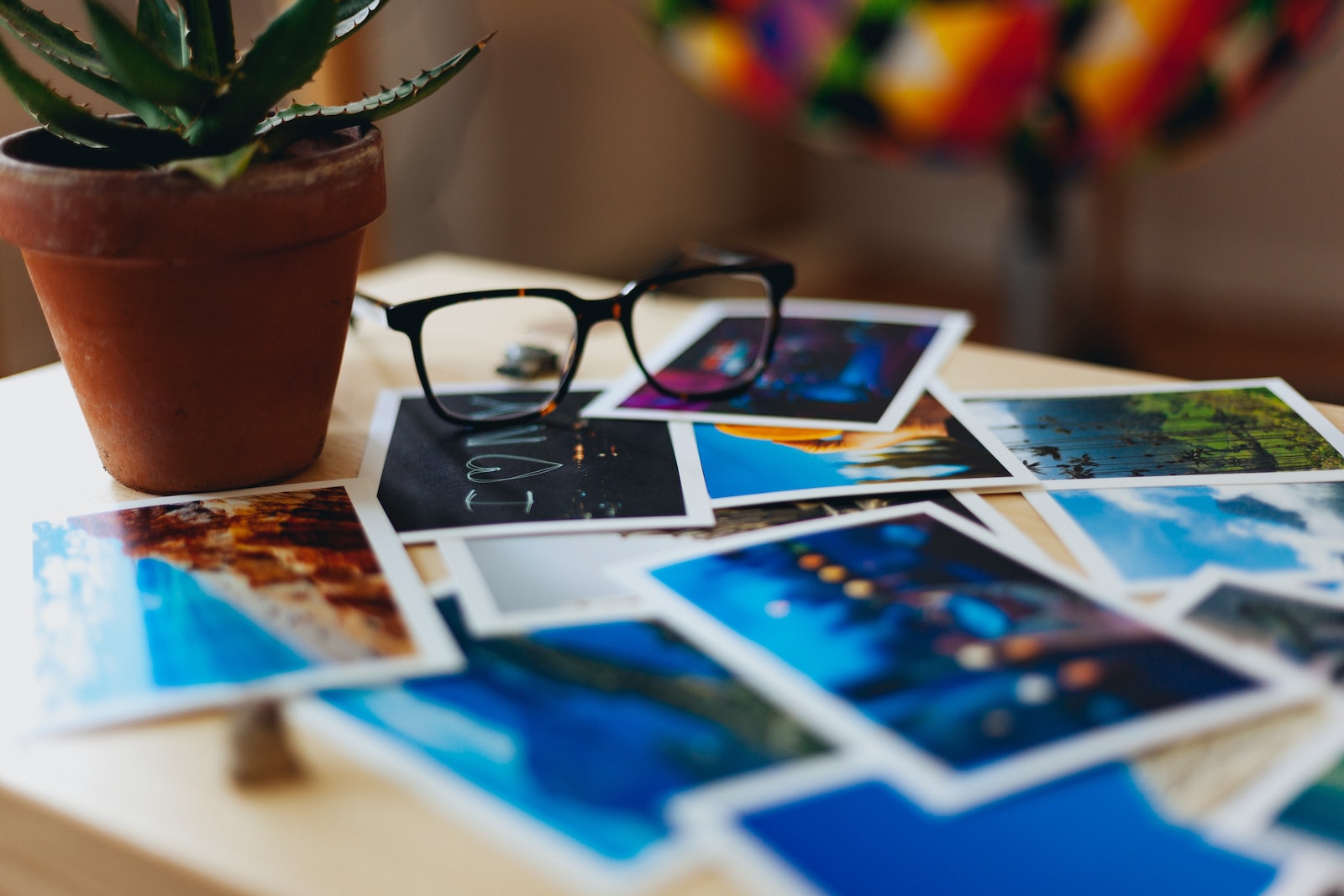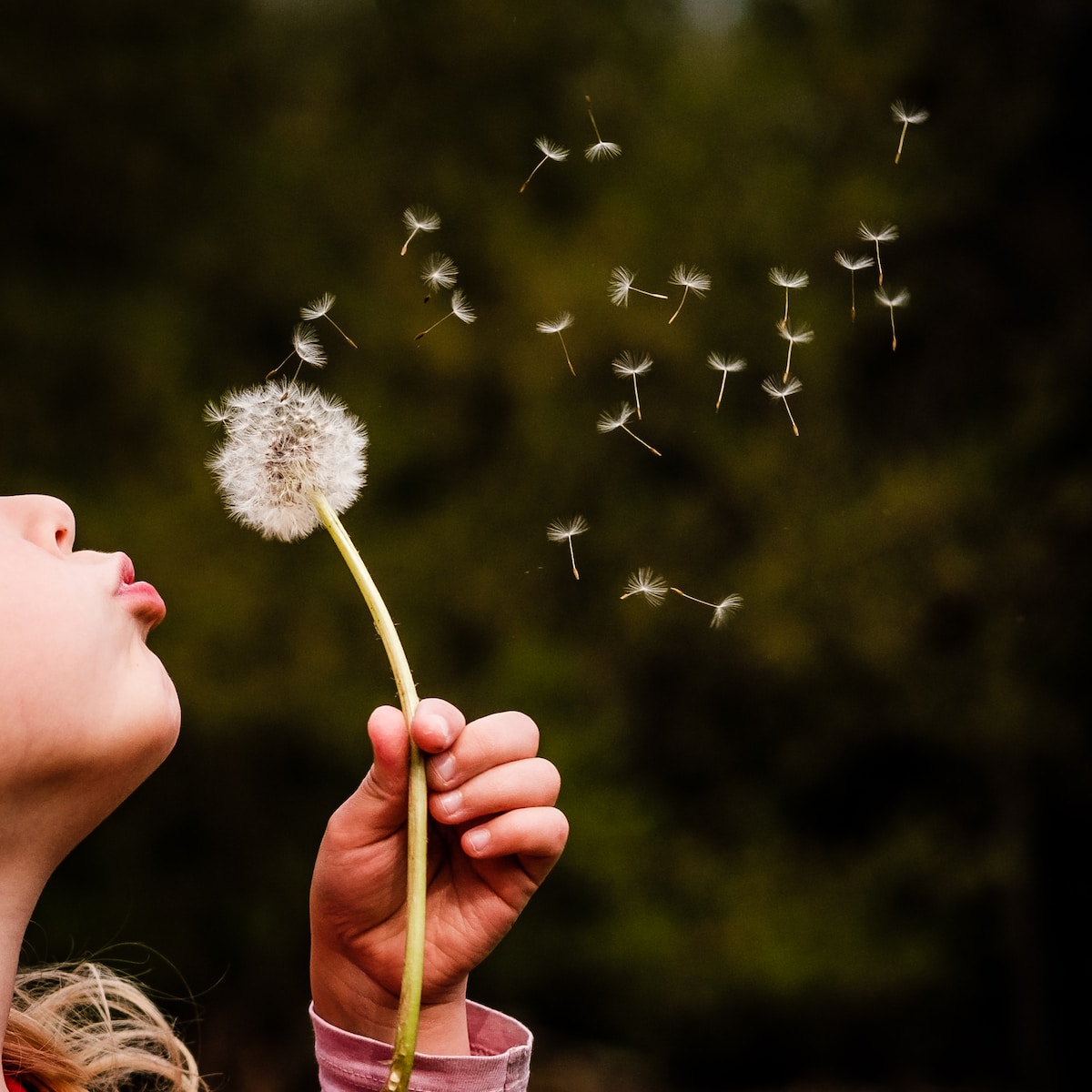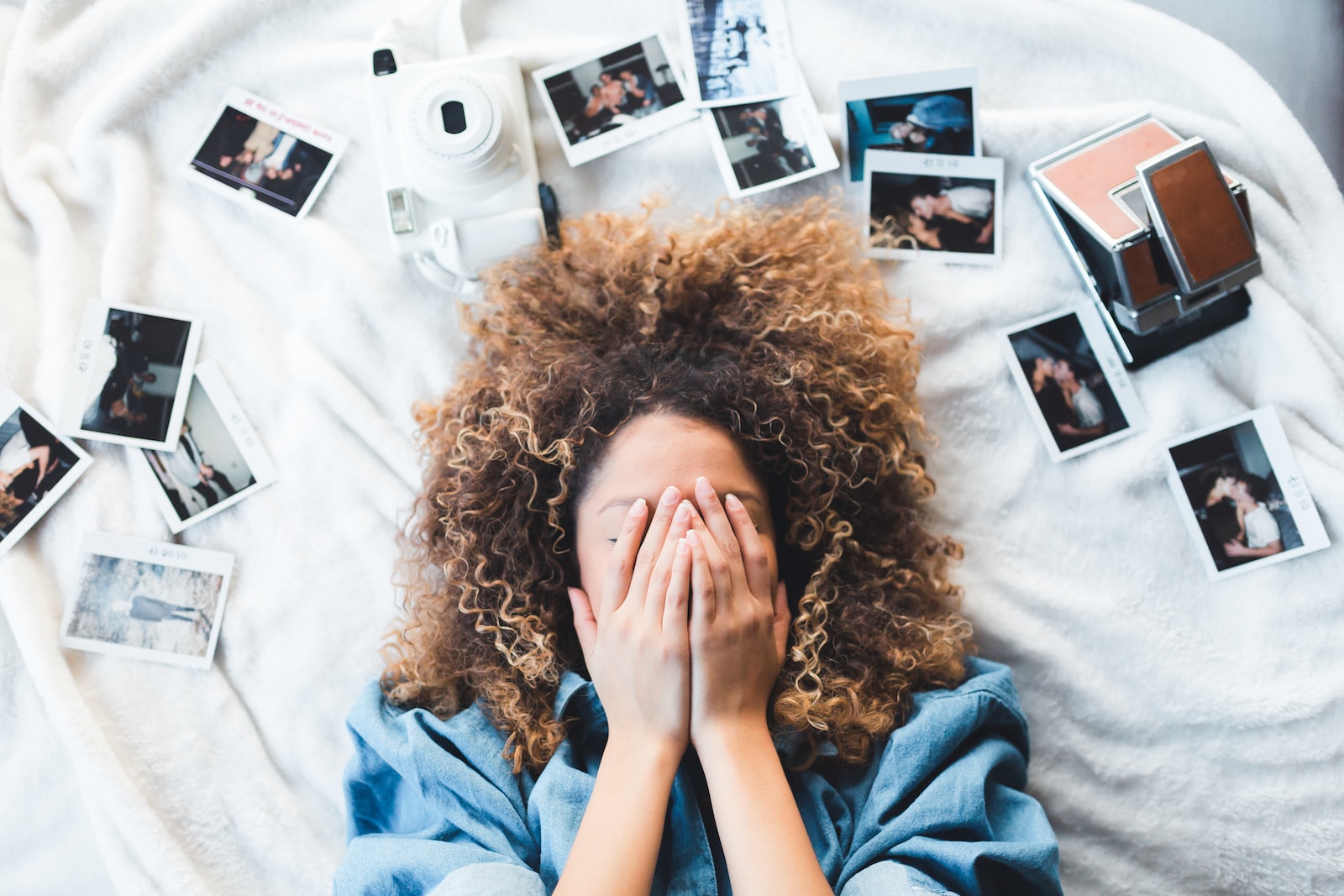Welcome to “Capturing the Essence of Performers,” a comprehensive guide that will transport you into the mesmerizing world of performer photography. Whether it’s a captivating stage performance or an enchanting street act, this blog will equip you with the essential techniques and tips to immortalize these extraordinary moments. Join us as we delve into the challenges photographers face when capturing emotion, movement, and the incredible talent of performers. Prepare to be inspired by the vibrant and dynamic world of performer photography!
Table of Contents
- Capturing the Essence of Performers
- Choosing the Right Equipment for Capturing the Essence of Performers
- The Best Time of Year to Capture Performers
- Frequently Asked Questions
- 1. What is performer photography?
- 2. What are the key challenges of photographing performers?
- 3. How can I capture emotion in performer photography?
- 4. What techniques can I use to capture movement in performer photography?
- 5. How can I effectively photograph performers on stage?
- 6. Are there any tips for photographing street performances?
- Wrap Up
Capturing the Essence of Performers
When it comes to photography, capturing performers in action can be an exhilarating and challenging experience. From the dynamic movements on stage to street performances filled with energy, performers offer a plethora of opportunities to capture emotion and movement through the lens. In this comprehensive guide, we will explore the techniques and tips that will help you capture the essence of performers, no matter the setting.
The Magic of Performer Photography
Performer photography allows you to freeze moments that are filled with passion, excitement, and raw emotion. By capturing these fleeting moments, you have the power to transport viewers into the world of the performer and truly convey the talent and dedication behind their craft. Whether you are focusing on event photography, stage photography, or movement photography, there are certain techniques that can make your photographs truly stand out.
Here are a few key features of performers that make for great photographs:
- Expressive Faces: Performers can convey a wide range of emotions through their facial expressions. From joy and sadness to intensity and vulnerability, capturing the emotions on their faces can tell a powerful story.
- Dramatic Poses: Performers often strike dramatic poses that showcase their strength and grace. These dynamic postures can create visually striking and captivating images.
- Vibrant Costumes: The attire of performers is often vibrant, colorful, and full of character. The costumes can add an extra element of visual interest to your photographs.
- Interaction with the Audience: Whether on stage or in the midst of a street performance, performers often engage with the audience. Capturing these interactions can provide a sense of connection and immersion for viewers.
Techniques for Capturing Incredible Performer Photographs
Now that we have explored the interesting features that make performers ideal subjects for photography, let’s dive into some techniques that will help you capture stunning images:
- Experiment with Different Angles: Don’t be afraid to move around and experiment with various angles. Shoot from different perspectives to add variety and depth to your photographs.
- Focus on Emotion: Look beyond the surface and try to capture the emotions behind the performance. The intensity in a performer’s eyes or the smile of genuine delight can add a layer of authenticity to your images.
- Play with Shutter Speed: Experimenting with shutter speed can help you freeze motion or create motion blur to convey a sense of energy and movement. Practice with different shutter speeds to find the perfect balance for each shot.
- Use Available Light: Depending on the performance setting, you may need to adapt to different lighting conditions. Utilize available light sources creatively to highlight the performer and create dramatic effects.
- Focus on Details: While capturing the overall performance is crucial, don’t forget to zoom in and capture the intricate details that make each performer unique. It can be a hand gesture, a facial expression, or a piece of costume that tells a compelling story.
To excel in performer photography, it’s important to immerse yourself in the world of performers, understand their craft, and anticipate their movements. With practice, patience, and the right techniques, you can capture the essence of performers and create images that evoke emotions and inspire others.
So, grab your camera, embrace the adrenaline, and embark on an exciting journey of capturing the essence of performers through your photography!
Did you know that performer photography requires a unique set of skills to capture the energy, emotion, and movement of a live performance? This comprehensive guide will help you master the art of photographing performers on stage or in street performances.
Choosing the Right Equipment for Capturing the Essence of Performers
When it comes to performer photography, having the right equipment can make all the difference in capturing the essence and energy of the moment. Here, we’ll explore the essential camera gear and lenses that will help you tell the story of performers, whether they are on a stage or in a street performance.
The Ideal Camera for Performer Photography
When choosing a camera for performer photography, there are a few factors to consider. Firstly, you want a camera that can handle low-light situations without sacrificing image quality. This is crucial for capturing the atmospheric lighting often found in theaters or street performances. Look for cameras with larger image sensors, as they tend to perform better in low-light conditions.
Additionally, a camera with a fast burst mode is ideal for capturing movement and fleeting expressions. Performers are constantly in motion, and being able to shoot a series of images in rapid succession will increase your chances of capturing the perfect moment.
Choosing the Perfect Lens for Performer Photography
The lens you choose for performer photography will greatly impact the emotions and movements you can capture. Below are two options to consider:
Option 1: The Versatile Zoom Lens: A zoom lens, such as a 24-70mm or 70-200mm, offers flexibility in composition. These lenses allow you to quickly adjust your focal length, making them perfect for capturing a variety of shots, from wide-angle scenes to close-ups of performers in action. The versatility of a zoom lens makes them a popular choice among event photographers.
Option 2: The Prime Lens: A prime lens, such as a 50mm or 85mm, offers a fixed focal length. While this may limit your ability to zoom in or out, prime lenses are known for their exceptional image quality and wide aperture capabilities. These lenses excel in low-light settings, allowing you to capture performers in sharp focus with beautifully blurred backgrounds. Prime lenses are often favored by street photographers and those looking to capture more intimate moments.
Ultimately, the choice between a zoom lens and a prime lens will depend on your shooting style and the specific needs of the performance you are capturing.
Keep in mind that each option has its own benefits and limitations. It’s essential to experiment with both to determine which lens suits your style and vision best.
Remember, the key to successful performer photography lies not only in the equipment you choose but also in your ability to capture the emotions, movements, and energy that make each performance unique. By combining the right camera and lenses with your photography skills, you’ll be well on your way to capturing the essence of performers.
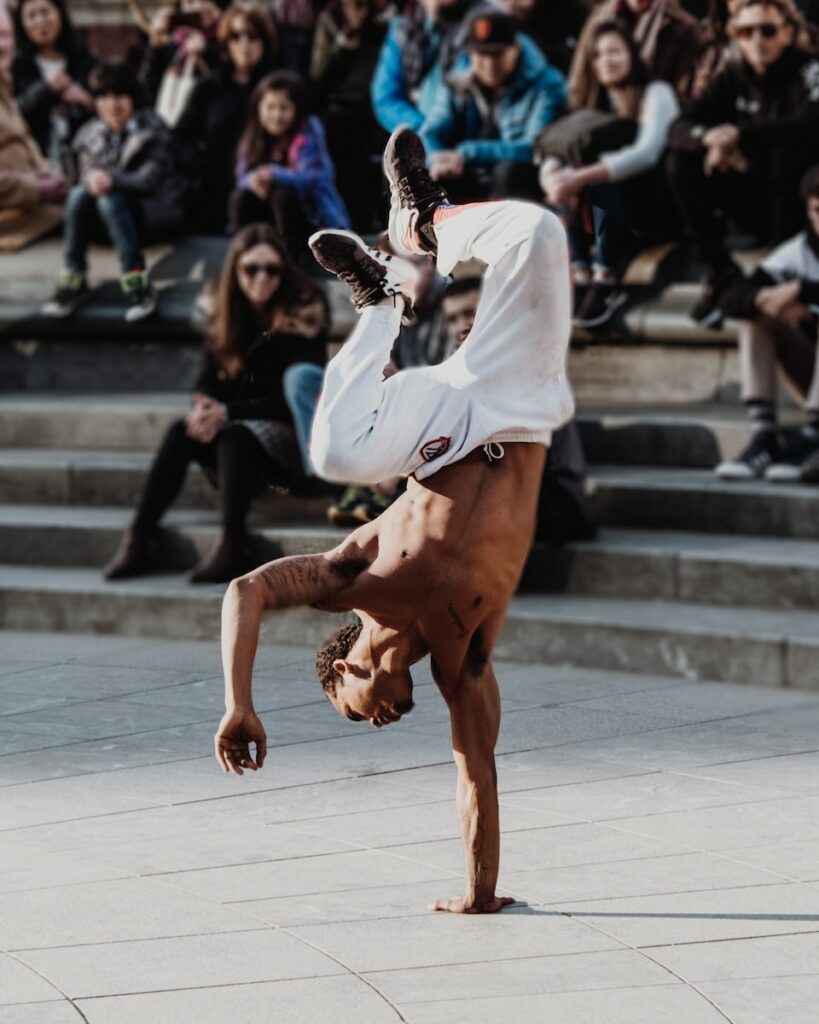
The Best Time of Year to Capture Performers
When it comes to performer photography, timing is crucial. The best time to capture performers varies depending on the type of performance and the location. Outdoor performances, such as street shows or festivals, often take place during the warmer months when people are eager to be outside and experience live entertainment. These events provide excellent opportunities to capture performers in action with vibrant backgrounds and natural lighting.
Choosing the Perfect Vantage Point
Finding the right vantage point is essential in capturing striking performer photographs. Here are a few options to consider:
- Front and Center: Positioning yourself at the front and center of the stage allows you to get up-close shots of performers, highlighting their expressions and movements. This perspective creates a sense of intimacy and offers a deeper connection with the performer.
- Elevated Angle: If you have access to a higher vantage point, such as a balcony or an elevated platform, take advantage of it. This perspective gives you a unique and comprehensive view of the entire stage, allowing you to capture the performer’s interactions with the audience and their spatial movements.
- Side Stage: Positioning yourself at the side of the stage provides a fresh angle for capturing performer photography. This perspective allows you to capture dynamic shots that showcase the performer’s energy and interactions with other performers or props. It can also provide an interesting view of the backstage area, giving you a glimpse into the behind-the-scenes actions.
- Audience View: Another option is to capture the performance from the perspective of an audience member. This approach can provide a sense of immersion and showcase the performer’s connection with the crowd. Look for interesting angles within the audience, such as capturing the performer through a sea of raised hands or silhouettes.
Remember, each vantage point has its advantages. Experimenting with different positions can lead to unique and captivating photographs that truly capture the essence of the performers.
By understanding the best time of year for performances and experimenting with various vantage points, photographers can elevate their performer photography to new heights. Don’t be afraid to try different techniques and explore different perspectives to capture the emotions, movements, and energy of these artists with your lens.
One helpful tip for capturing movement in performer photography is to use a fast shutter speed. This will help freeze the action and prevent any motion blur. Experiment with different speeds to find the perfect balance between capturing the movement and keeping the performers in focus.
Frequently Asked Questions
1. What is performer photography?
Performer photography is the art of capturing the essence and emotion of performers in various settings, such as on stage, during live events, or even in street performances. It involves capturing the unique expressions, movements, and energy of performers to create compelling and impactful images.
2. What are the key challenges of photographing performers?
Photographing performers comes with its own set of challenges. Some common ones include dealing with low light conditions, capturing movement without blur, finding the right angles, and understanding the unpredictability of live performances. It requires quick reflexes, anticipation, and technical skills to overcome these challenges.
3. How can I capture emotion in performer photography?
To capture emotion in performer photography, it’s important to pay attention to facial expressions, body language, and gestures. Try to anticipate and capture those intense moments when performers convey their emotions through their actions. Experiment with different angles, use close-ups to focus on facial expressions, and don’t be afraid to take risks and capture raw, authentic emotions.
4. What techniques can I use to capture movement in performer photography?
Capturing movement in performer photography requires using techniques like freezing motion or intentionally creating motion blur. To freeze motion, use a fast shutter speed and continuous shooting mode to capture the precise moment of action. Alternatively, you can experiment with slower shutter speeds and panning techniques to create artistic motion blur that adds a sense of dynamism to the images.
5. How can I effectively photograph performers on stage?
Photographing performers on stage requires careful consideration of lighting conditions, stage setup, and the performer’s movements. It’s crucial to familiarize yourself with the performance beforehand to anticipate key moments and plan your shots accordingly. Making use of the available light or supplementing with external lighting can enhance the quality of your images. Additionally, using a telephoto lens can help you get close-up shots without being intrusive.
6. Are there any tips for photographing street performances?
When photographing street performances, it’s essential to blend in with the crowd and respect the performers’ space. Be mindful of the surrounding environment, as street performances often have vibrant backgrounds that can add to the overall visual narrative. Look for interesting angles, capture interactions between performers and the audience, and take advantage of different perspectives to tell a compelling story through your images.
Make the most of your performer photography by utilizing these tips and techniques. Remember, practice and experimentation are key to refining your skills and capturing truly exceptional images that convey the essence and energy of performers.
Wrap Up
In conclusion, capturing the essence of performers requires a combination of technical skills and an understanding of their unique artistry. By following the tips and techniques outlined in this comprehensive guide, you can elevate your performer photography to new heights.
Remember to focus on the emotion and movement, whether you’re photographing performers on stage or capturing the magic of a street performance. Experiment with different angles, lighting, and composition to bring out the best in every shot.
Don’t forget to share your experiences and successes in the comments section below. We’d love to hear your thoughts and see the amazing photos you’ve captured. Keep exploring, keep practicing, and keep pushing the boundaries of performer photography!
So, what are you waiting for? Get out there and start capturing the essence of performers today!
